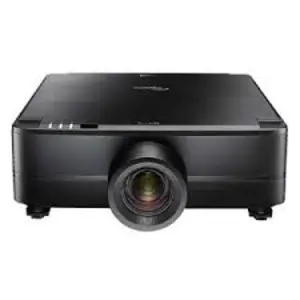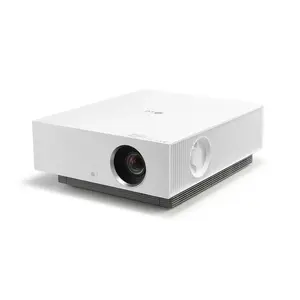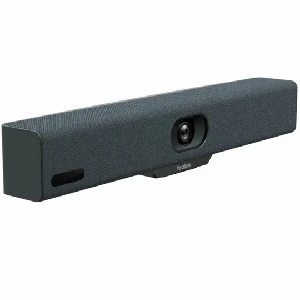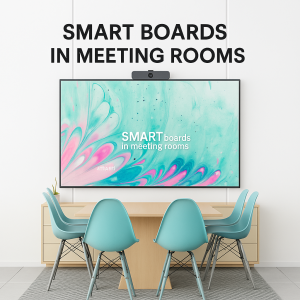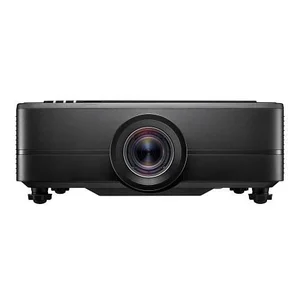
Projectors are versatile tools that have transformed how we experience entertainment, deliver presentations, and even game. From intimate home theaters to large conference rooms, choosing the right projector can elevate your visual experience to new heights. However, with terms like HD, Full HD, 4K, 8K, ultra short throw, and short throw floating around, the options can feel overwhelming. This guide breaks down the differences and highlights the ideal use cases for each type of projectors, helping you find the perfect match for your needs.
Resolution Decoded: HD, Full HD, 4K, and 8K Explained
HD (High Definition – 1280 x 720 pixels)
HD projectors deliver a resolution of 1280 x 720 pixels, making them an entry-level option for those prioritizing affordability. While not as sharp as higher resolutions, they are sufficient for basic applications where fine detail isn’t crucial.
Ideal for:
- Small office setups for presentations.
- Budget-conscious users.
- Casual movie nights at home.
Full HD (1920 x 1080 pixels)
Full HD projectors take a step up, offering sharper visuals and more detailed imagery than HD. With this resolution, video content appears crisper, making it a favorite for mid-tier entertainment and gaming setups.
Ideal for:
- Streaming TV shows, movies, and sports.
- Gaming enthusiasts.
- Medium-sized meeting rooms or classrooms.
4K (3840 x 2160 pixels)
With four times the resolution of Full HD, 4K projectors deliver exceptional clarity, color depth, and lifelike detail. They excel in large screen applications where the difference in resolution is most noticeable.
Ideal for:
- High-end home theaters.
- Professional and high-stakes presentations.
- Immersive gaming experiences.
8K (7680 x 4320 pixels)
Representing the pinnacle of current projector technology, 8K resolution provides unparalleled detail and clarity. While content for 8K is still emerging, these projectors offer future-proofing for those seeking the cutting edge.
Ideal for:
- Grand-scale events and exhibitions.
- State-of-the-art home theaters.
- Advanced visual design and creative projects.
Throw Distances: Ultra Short Throw, Short Throw, and Standard Throw
Understanding the throw distance is crucial when deciding which projector suits your space. Throw distance refers to how far a projector must be placed from the screen to produce a specific image size.
Ultra Short Throw (UST) Projectors
UST projectors require just a few inches of space between the projector and the screen, making them perfect for tight spaces. They reduce the risk of shadows or obstructions during use and blend seamlessly into compact environments.
Pros:
- Space-saving design.
- Minimal setup hassle.
- Ideal for living rooms or small offices.
Cons:
- Generally more expensive.
- Limited placement flexibility.
Short Throw Projectors
Short throw projectors need slightly more distance than UST models but are still suitable for smaller rooms. They can project large images from a relatively close position without the visual distortion often found in ultra short throw models.
Pros:
- Excellent for small to medium-sized spaces.
- Reduced glare and eye strain during use.
Cons:
- Larger footprint compared to UST projectors.
Standard Throw Projectors
Standard throw projectors are designed for large spaces like conference halls, classrooms, or auditoriums. They need to be placed farther from the screen but can produce much larger images.
Pros:
- Capable of projecting massive visuals.
- Well-suited for expansive venues.
Cons:
- Requires significant space for optimal performance.
Key Factors to Consider When Choosing a Projector
- Space Availability: Limited space favors ultra short throw or short throw projectors, while larger venues work best with standard throw models.
- Resolution Needs: Determine whether HD, Full HD, 4K, or 8K resolution suits your content and viewing preferences.
- Budget: HD and Full HD projectors cater to budget-conscious buyers, while 4K and 8K options target premium users.
- Primary Use: Casual entertainment, professional presentations, or immersive gaming each benefit from different projector types.
- Content Compatibility: Ensure the projector matches the resolution and quality of your frequently used content.
Emerging Trends in Projector Technology
The future of projectors is bright, with innovations such as laser and LED light sources enhancing longevity and color accuracy. Additionally, as 8K technology becomes more mainstream, projectors are increasingly capable of delivering cinema-quality experiences in a variety of settings.
Conclusion: Finding the Perfect Projector
Choosing the right projector comes down to understanding your specific needs, space limitations, and budget. Whether you’re aiming for a cozy home theater, an immersive gaming setup, or a professional presentation tool, the right projector can make all the difference. With options ranging from budget-friendly HD models to cutting-edge 8K systems, there’s something for everyone.
For expert guidance and tailored recommendations, consult professionals like Xplus Digital, where you’ll find a wide range of projectors designed to bring your vision to life.
LG CineBeam AU810PW 2700-Lumen XPR 4K UHD Smart Laser Home Projector
LG AU810PW CineBeam 4k HD Home Theater Projector The LG Ultra Short Throw Laser Projector sets a new standard in home entertainment with its advanced features and exceptional performance. Here’s a breakdown of its key features and specifications: Features: Laser 4K UHD & 8.3 Megapixel: Experience unparalleled picture quality with laser 4K UHD technology and 8.3 megapixels, delivering impeccable precision and detail. DCI-P3 97%: Enjoy vivid and accurate colors with a wide color gamut covering 97% of the DCI-P3 color space. Brightness Optimizer: Iris Mode and Adaptive Contrast adjust brightness and contrast levels to suit different viewing environments, ensuring optimal…

